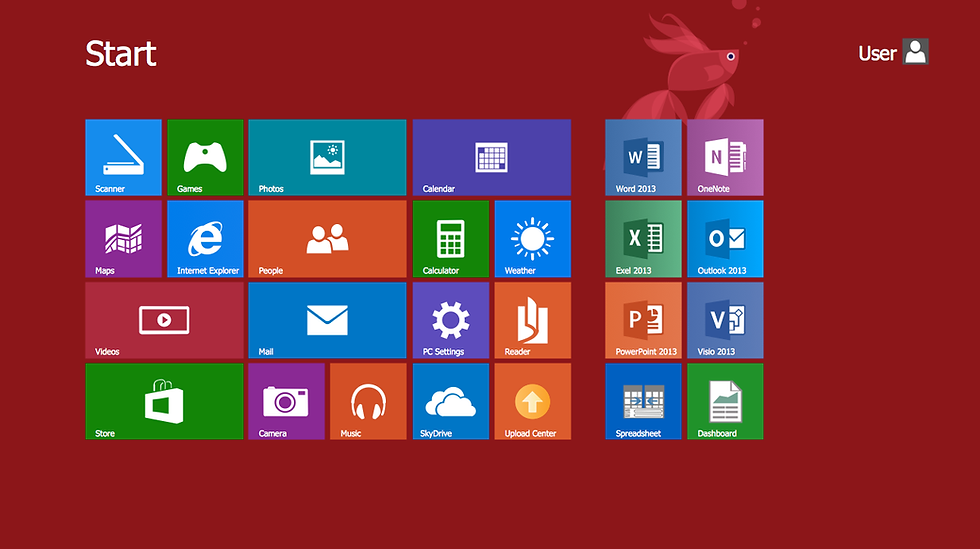UI vs UX: What are User Interface and User Experience, and What’s the Difference Between the Two?
- Hayley Bleier

- Apr 26, 2021
- 3 min read
Updated: Aug 9, 2021
So, you’re interested in UI and UX? Maybe you’re thinking about pursuing a career in the industry, wondering if UI and UX are necessary for your business, (spoiler alert – they are), or maybe you’re already on the job and are looking for a refresher. Regardless of why you’re here, we’re here to help clear up a common misconception: that UI and UX are the same.
Let’s start with the basics:
· UI is short for User Interface
· UX is short for User Experience
User Interface (UI) is quite literally, how the user interacts with a product, service, or website.
User Experience (UX) is the experience the user has while interacting and how they feel about that experience.
We can’t have UX without UI
This isn’t a case of ‘Which came first the chicken or the egg?’ We know the answer, it’s UI. In the 1970s, when computers primarily utilized command line interface, consumers weren’t really able to interact with computers. It wasn’t until 1984 with the introduction of the MacIntosh Personal Computer, that GUI (graphical user interface) was introduced. The invention of GUI meant users could utilize a mouse, icons, windows, buttons, and menus to control and command computers to achieve the goals they desired. UI design focuses on these elements and arranges them on a page and throughout a website in an aesthetic manner. UI design ensures a website is consistent, clean, appealing, and functional.

Graphical User Interface via omnisci.com
So, Where Does UX Come In?
Like all things in life, with the invention of something, comes the criticism. Once users had the ability to interact with computers, they also had the opinion of how that interaction went, and therefore, UX was born.
UX professionals study users’ thoughts, actions, and habits to understand and measure the usability of their website. They take that information and use it to design websites and pages that are tailored to meeting users’ needs and wants, making their time on the site efficient, simple, and effective. The lesser the learning curve for the customer, the better. Good UX leads to better customer reviews, higher conversion rates, and a higher Google ranking. Bad UX leads to frustrated and unhappy customers who won’t want to visit your website again.
UX and Usability
While UI design has captured your customers' attention with its beauty, the underlying theme in UX design is usability. Imagine you go to a trendy new restaurant. The lights are dim, the music is funky, and the font on the menu is gorgeous. It may all look great, but if you can’t read the menu because there’s not enough light, the pretty font is illegible, and you can’t hear the server over the funky loud music, you aren’t going to be able to order your food. That’s bad UX. Good UI and UX are about more than just aesthetics and graphic design. Strong UI design attracts your customer and connects them to your brand, and good UX ensures that design makes sense and is usable.
How UI and UX Work Together to Benefit Your Brand
UI and UX are different, but together they make up a huge part of your brand. With the insights from UX Research, you can design a beautiful and compelling user interface that customers will appreciate. Good UI/UX understands and evokes customer emotion, eliminates customer decision making, connects brand with design, and leads the customer on a clear and quick path to conversion.

Comments